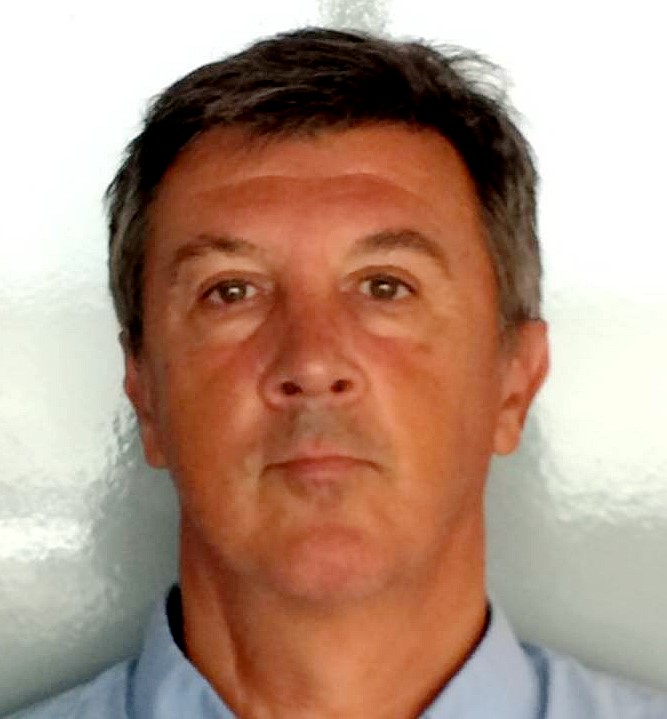Analysis of TIR directional effects for preparing the future satellite mission TRISHNA
Reporter:Research professor Jean-Louis Roujean, French Academy of Sciences
Abstract:TRISHNA is a future satellite mission in the TIR domain with scientific objectives including: the water stress of the ecosystems, the monitoring of coastal areas, the urban heat island, and further the solid Earth, the cryosphere and the atmosphere. TRISHNA will have a 3-days revisit per week and a global coverage. Four TIR channels and 6 VNIR channels are proposed, with a spatial resolution about 50m. TRISHNA will have a wide FOV which will generate sizeable directional effects on the brightness temperature and land surface temperature (LST). Before all, in the intertropical zone and from March to October, at least 1 from the 3 weekly successive observations will be contaminated by the hotspot phenomenon. Results of preparative studies for TRISHNA will be shown, using parametric models (RL), 1D (SCOPE) and 3D (DART) to correct for directional effect, and particularly the hotspot effect. Moreover, the added value of VNIR signal for TIR interpretation will be outlined. Finally, envisaged methods like GWS and TES for LST retrieval will be explained.
Introduction:
Jean-Louis Roujean is a research professor of the French Academy of Sciences and the French Biosphere Space Science Center. He is also the chairman of the French Research Committee on Surface Space Science, and the chief scientist of the French-Indian satellite project TRISHNA. He received his Ph.D. in 1991 from the Third University of Toulouse in France. He successively worked at the French Space Agency, the French Meteorological Research Center, and the French Biosphere Space Science Center. He was the deputy director of the French Meteorological Research Center. His main research interests include multi-scale surface bidirectional reflection modeling, radiation flux estimation, data fusion and assimilation, and remote sensing of vegetation ecosystems. He has published more than 80 academic papers, and the kernel drive model he proposed (cited over 1100 times) has been widely used in the product generation of, such as, MODIS, POLDER, MERIS, VEGETATION, METEOSAT, PROBA-V.
Host:Research professor Tang Bohui
Time:14:00, 2019-10-16 (Wednesday)
Location:A0214
